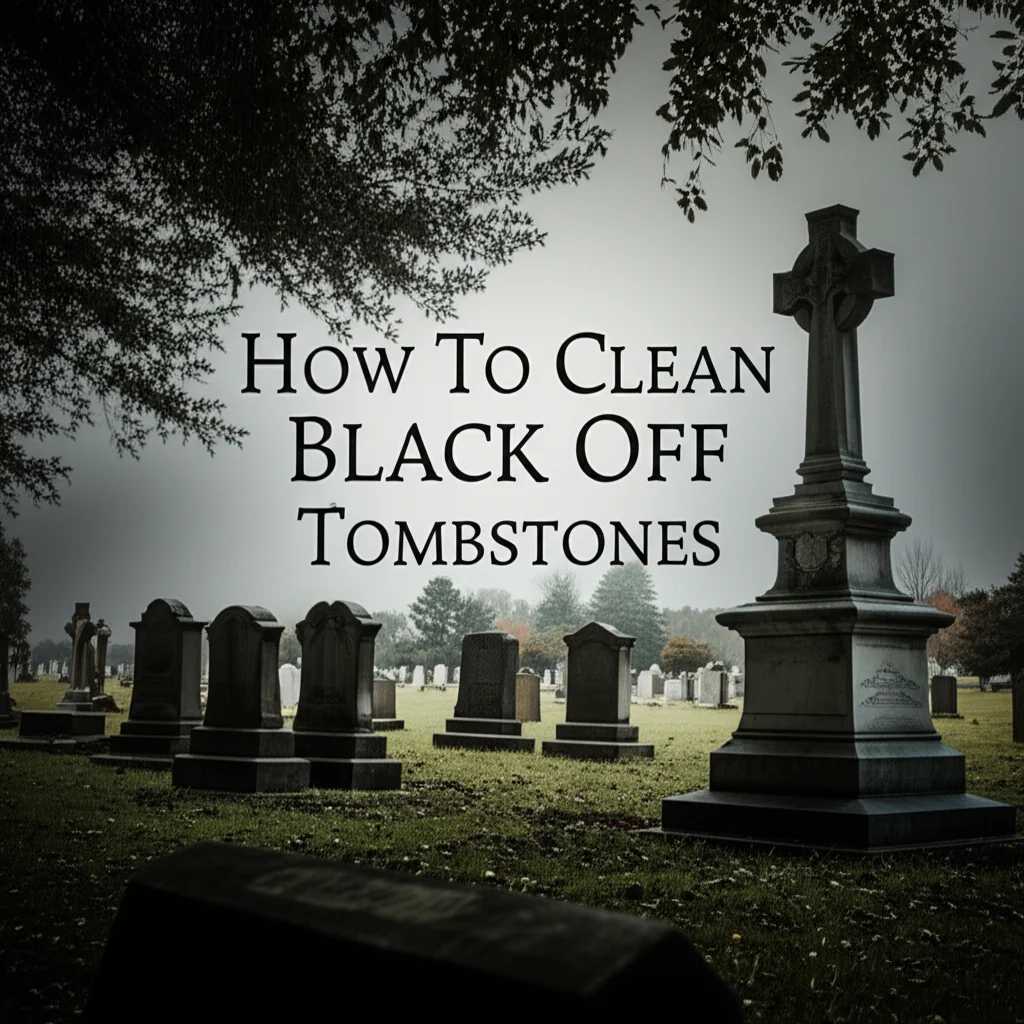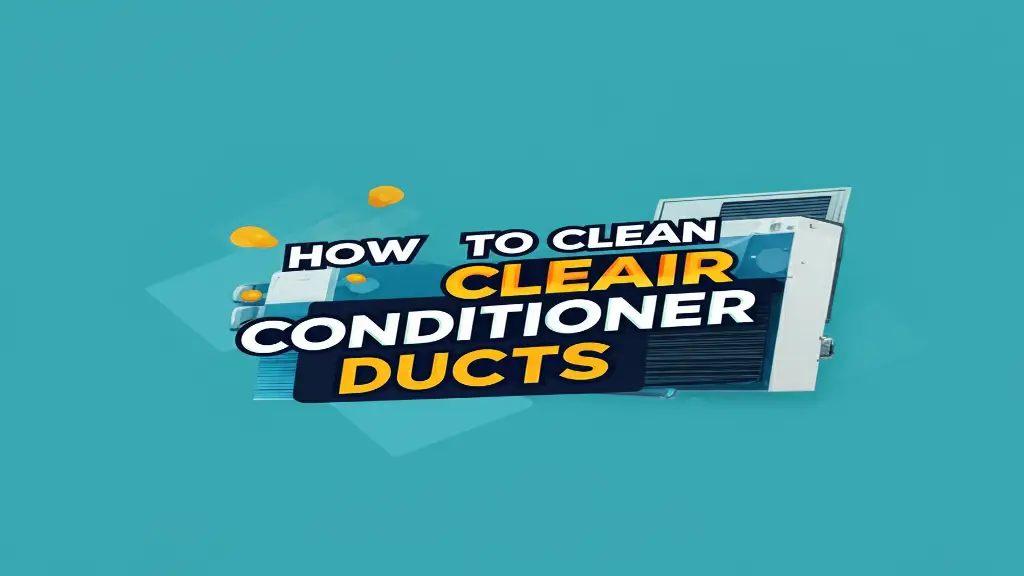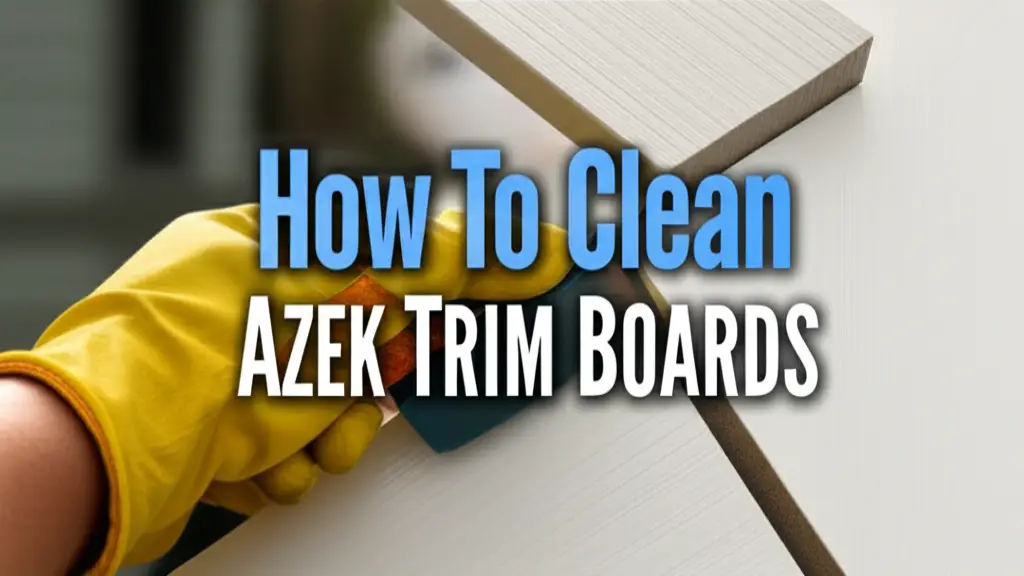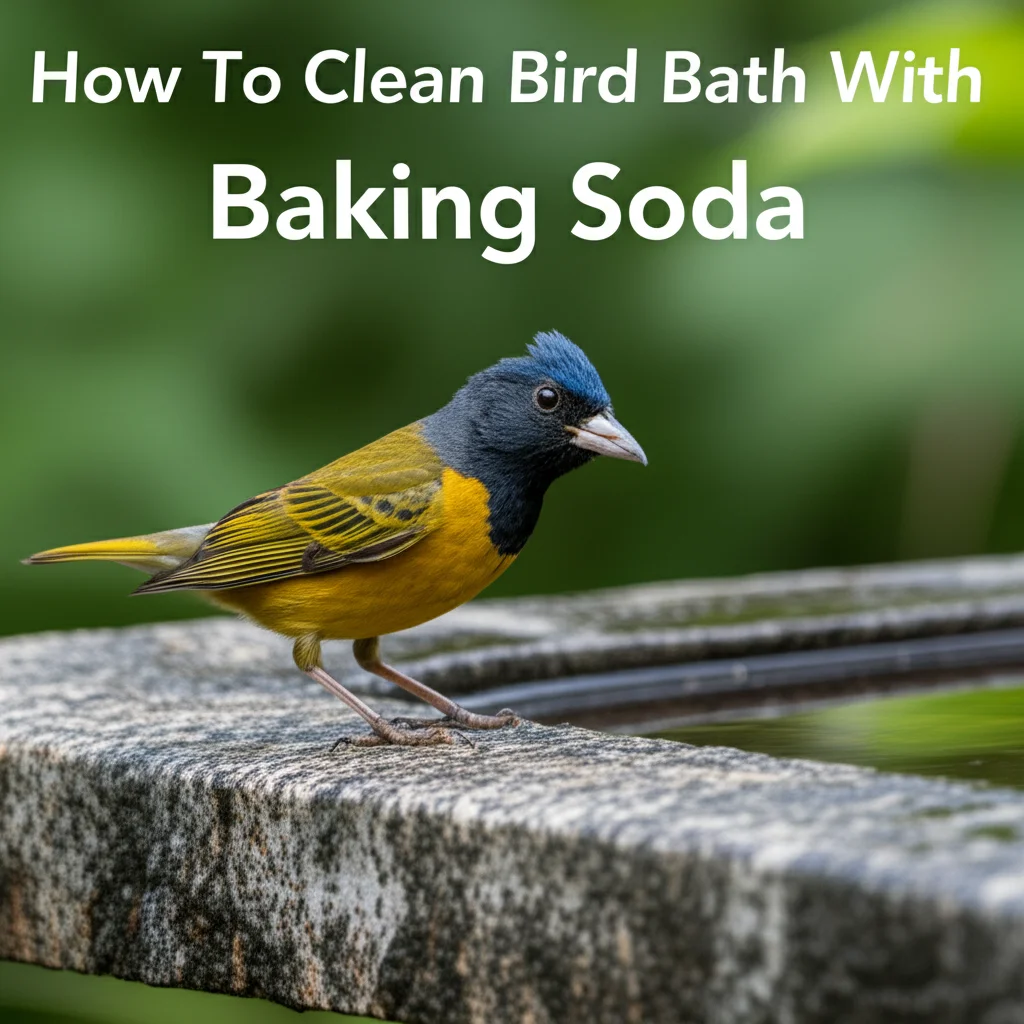· Todd Martin · Outdoor Cleaning · 10 min read
How To Keep Outdoor Carpet From Molding

How To Keep Outdoor Carpet From Molding: The Ultimate Prevention Guide
Outdoor carpets and rugs can transform your patio, deck, or balcony into a comfortable, stylish extension of your home. However, their constant exposure to moisture, humidity, and changing weather conditions creates the perfect breeding ground for mold and mildew.
If you’ve ever discovered fuzzy green or black spots on your outdoor carpet, you know how frustrating and unhygienic this can be. The good news is that with proper preventative measures and maintenance, you can keep your outdoor carpet mold-free all season long.
In this comprehensive guide, we’ll explore effective strategies to prevent mold growth and extend the life of your outdoor carpet investments.
Key Takeaways:
- Choose mold-resistant materials like polypropylene or synthetic fibers
- Ensure proper drainage and elevation for your outdoor carpet
- Implement regular cleaning and maintenance routines
- Apply protective treatments and sealants
- Store properly during off-seasons or extended periods of non-use
Quick Answer: To keep outdoor carpet from molding, select mold-resistant materials, ensure proper installation with adequate drainage, clean regularly with vinegar or specialized solutions, allow complete drying after cleaning, and apply mold inhibitors for additional protection.
Why Outdoor Carpets Develop Mold and Mildew
Before diving into prevention strategies, it’s important to understand why outdoor carpets are so susceptible to mold growth in the first place. Mold thrives in damp, humid environments with organic material to feed on. Outdoor carpets check all these boxes, especially when exposed to:
- Persistent moisture: Rain, morning dew, or water from sprinklers can saturate outdoor carpets
- Poor air circulation: Dense carpet fibers trap moisture and prevent quick drying
- Dirt and debris: Leaves, food particles, and other organic matter provide nutrients for mold growth
- Shade: Areas that receive less direct sunlight stay damp longer
- Humidity: High humidity levels slow evaporation and create ideal mold conditions
Carpet materials themselves can contribute to the problem as well. Natural fibers like jute, sisal, or cotton absorb moisture readily and break down over time, becoming food sources for mold spores. Understanding these contributing factors helps you develop effective prevention strategies tailored to your specific outdoor environment.
Choosing Mold-Resistant Outdoor Carpet Materials
Your first line of defense against mold begins when purchasing your outdoor carpet. The material makes an enormous difference in mold resistance:
Best Mold-Resistant Materials
- Polypropylene (Olefin): The gold standard for outdoor carpets, this synthetic material is inherently water-resistant, quick-drying, and resistant to mold and mildew growth.
- Polyester: Offers good water resistance and dries relatively quickly.
- Nylon: While not completely waterproof, treated nylon repels moisture well and dries faster than natural fibers.
- Solution-dyed acrylics: These colorfast materials resist fading and mold growth.
Materials to Avoid
- Natural fibers: Jute, sisal, bamboo, and cotton readily absorb moisture and provide organic material for mold to feed on.
- Wool blends: Though durable, wool retains moisture and can develop mold in outdoor settings.
Look for outdoor carpets specifically labeled as “mold and mildew resistant” or “marine grade” for the best protection. These products are designed for harsh outdoor conditions and often include built-in antimicrobial treatments for added protection.
For areas with particularly high humidity or rainfall, consider waterproof outdoor carpet rolls that provide comprehensive protection against moisture. The initial investment in quality materials will save you significant time and money on replacements and cleaning in the long run.
Proper Installation and Placement for Mold Prevention
How and where you place your outdoor carpet significantly impacts its susceptibility to mold growth. Follow these guidelines for optimal placement:
Ensure Proper Drainage
Water pooling beneath your carpet creates ideal conditions for mold growth. To prevent this:
- Install outdoor carpet on slightly sloped surfaces to facilitate water runoff
- Use a high-quality outdoor rug pad with open cell construction that allows water to drain through
- Consider raised plastic tiles or deck tiles underneath to create air circulation beneath the carpet
- For concrete surfaces, address any low spots or drainage issues before installation
Strategic Placement
- Avoid areas that receive constant shade or stay consistently damp
- Consider the pattern of rainfall and irrigation systems to minimize direct water exposure
- Leave a small gap between the carpet and any walls or structures to facilitate airflow
- For balconies, ensure the carpet doesn’t block drainage systems
Secure Installation
Properly securing your outdoor carpet not only prevents annoying movement but also minimizes moisture entrapment:
- Use outdoor carpet tape on the edges and seams
- Consider double-sided waterproof tape for non-permanent installations
- For permanent installations, use adhesives specifically designed for outdoor carpeting
- Install anti-slip rug pads that also promote airflow
Remember that proper installation creates conditions that discourage mold growth while extending the life of your outdoor carpet. Taking time during setup pays dividends in reduced maintenance and replacement costs.
Regular Cleaning and Maintenance Routines
Consistent maintenance is crucial for preventing mold growth on outdoor carpets. Implementing these cleaning routines can stop mold before it starts:
Weekly Maintenance
- Shake and sweep: Remove loose dirt, debris, and standing water at least once weekly
- Spot cleaning: Address spills immediately using appropriate cleaners
- Air out: On sunny days, drape carpets over railings or furniture to allow complete drying
- Brush or vacuum: Remove embedded dirt that can trap moisture and become food for mold
Monthly Deep Cleaning
- Choose a sunny, warm day for cleaning
- Vacuum thoroughly to remove surface debris
- Clean with an appropriate solution:
- Mild dish soap and warm water for general cleaning
- White vinegar solution (1:1 with water) for mold prevention
- Commercial outdoor carpet cleaners for tough stains
- Rinse thoroughly with clean water
- Remove excess water with a wet-dry vacuum
- Allow to dry completely in direct sunlight if possible
Seasonal Care
- Spring: Conduct a thorough cleaning after winter storage
- Summer: Regular maintenance cleaning during peak usage
- Fall: Remove fallen leaves and debris promptly
- Winter: Clean and properly store in cold climates (see storage section)
For carpets that already show signs of mildew, learn how to clean outdoor rug with mildew before the problem worsens. Remember that prevention through regular maintenance is far easier than remediation after mold has established itself.
Effective Drying Techniques
Perhaps the single most important factor in preventing mold growth is ensuring your outdoor carpet dries completely after exposure to moisture. Here are effective drying techniques:
Natural Drying Methods
- Sun exposure: UV rays naturally kill mold spores while accelerating drying
- Elevate: Raise carpet edges to allow airflow underneath
- Flip periodically: Turn the carpet over to ensure both sides dry thoroughly
- Hang when possible: Draping smaller rugs over railings maximizes air exposure
Mechanical Drying Tools
- Wet-dry vacuum: Extract water after cleaning or heavy rain
- Fans: Position outdoor fans to increase air circulation
- Dehumidifiers: For covered patios or screened porches
- Leaf blower: Use on low setting to remove surface water
Drying After Cleaning
- Remove as much water as possible during the rinsing process
- Blot with clean, dry towels to absorb excess moisture
- Ensure both top and bottom surfaces are exposed to air
- Allow 24-48 hours of drying time before replacing furniture
Never fold or roll up a damp outdoor carpet, as this creates ideal conditions for mold growth. Patience during the drying process is essential for long-term mold prevention.
Protective Treatments and Mold Inhibitors
Adding an extra layer of protection with specialized treatments can significantly extend your outdoor carpet’s mold resistance:
Commercial Protectants
Several effective commercial products protect outdoor carpets from mold:
- Fabric sealants: Create an invisible barrier against moisture
- UV protectant sprays: Prevent degradation that can make carpets more susceptible to mold
- Antimicrobial treatments: Contain active ingredients that inhibit mold and mildew growth
- Waterproofing sprays: Add water resistance to carpets not inherently waterproof
DIY Protective Solutions
For a more natural approach, consider these homemade protectants:
- Vinegar solution: Mix equal parts white vinegar and water in a spray bottle and apply lightly every 1-2 months
- Tea tree oil mixture: Add 10-15 drops of tea tree oil to a quart of water for a natural antifungal spray
- Baking soda treatment: Sprinkle baking soda, leave overnight, and vacuum thoroughly to absorb odors and moisture
Application Tips
- Always test treatments on an inconspicuous area first
- Apply to completely dry, clean carpets only
- Reapply according to manufacturer recommendations or seasonally for DIY solutions
- Ensure even coverage, paying special attention to edges and seams
These protective treatments create an inhospitable environment for mold spores, significantly reducing the risk of infestation even in humid conditions. For carpets in extremely challenging environments, consider using waterproof outdoor rugs for balcony spaces or other high-moisture areas.
Proper Storage During Off-Seasons
In many climates, outdoor living spaces aren’t used year-round. Proper storage during off-seasons is crucial for preventing mold growth:
Preparation for Storage
- Clean thoroughly using appropriate methods
- Allow to dry completely (2-3 days minimum in good weather)
- Apply protective treatment if desired
- Ensure carpet is 100% dry before storing
Storage Methods
- Roll, don’t fold: Rolling prevents deep creases where moisture can collect
- Use carpet tubes: Store wrapped around cardboard or plastic tubes
- Wrap in breathable material: Use cotton sheets or commercial breathable storage bags
- Avoid plastic: Never store in sealed plastic, which traps moisture and promotes mold
- Elevate: Keep off concrete floors which can transfer moisture
Storage Locations
- Indoor storage: Climate-controlled spaces are ideal
- Garages/sheds: Use only if dry and well-ventilated
- Commercial storage: Consider climate-controlled units for valuable carpets
When retrieving from storage, air out your carpet in direct sunlight for several hours before placing it back in its outdoor location. This helps eliminate any minor moisture that may have accumulated during storage.
FAQ: Common Questions About Preventing Mold on Outdoor Carpets
How do I keep my outdoor rug from getting moldy?
Choose synthetic materials like polypropylene, ensure proper drainage with a quality outdoor rug pad, clean regularly with mild soap or vinegar solutions, and allow complete drying after cleaning or rain. Apply mold inhibitors seasonally and elevate the rug when possible to promote airflow underneath.
How to make an outdoor rug stay in place?
Use outdoor carpet tape around the perimeter, install non-slip rug pads underneath, place furniture strategically on corners, or use decorative garden stakes through corner grommets. For concrete surfaces, consider how to secure outdoor carpet to the ground using appropriate adhesives.
How do I keep my carpet from molding?
Prevent mold by minimizing moisture through proper drainage, regular cleaning, prompt spill cleanup, and thorough drying. Use synthetic materials when possible, apply protective treatments, and ensure good air circulation around and beneath the carpet. In high-humidity environments, consider dehumidifiers for covered areas.
How do you secure outdoor carpet to the ground?
For permanent installations, use weather-resistant adhesives designed for outdoor use. Temporary installations benefit from double-sided carpet tape, heavy-duty velcro strips, or specialized outdoor rug anchors. Carpet tacks work well for wooden decks, while concrete surfaces may require specialized concrete adhesives.
Can outdoor carpets be left out in the rain?
Most synthetic outdoor carpets can withstand occasional rainfall, but prolonged exposure increases mold risk. After heavy rain, prop up edges to facilitate drying and consider moving smaller rugs to covered areas to dry completely. Look for carpets labeled “all-weather” or “marine grade” for maximum rain resistance.
What is the best outdoor rug pad for concrete?
The best outdoor rug pad for concrete features open-cell construction for drainage, non-slip materials to prevent movement, and weather-resistant materials like PVC or synthetic rubber. Look for pads specifically designed for outdoor use with antibacterial treatments to further prevent mold growth.
How often should I clean my outdoor carpet?
Light cleaning (sweeping, shaking out) should be done weekly, while deeper cleaning with appropriate solutions should be performed monthly during heavy-use seasons. Immediate spot cleaning of spills and seasonal deep cleaning before storage are also recommended to prevent mold growth.
Final Words
Keeping your outdoor carpet free from mold requires a proactive approach, but the effort pays off with a longer-lasting, more hygienic outdoor living space. By selecting appropriate materials, ensuring proper installation, maintaining regular cleaning routines, and implementing protective treatments, you can enjoy your beautiful outdoor carpet without the frustration of mold and mildew development.
Remember that prevention is always easier than remediation. Taking a few minutes each week for basic maintenance can save hours of cleaning or hundreds of dollars in replacement costs down the road. With the strategies outlined in this guide, you’ll be well-equipped to keep your outdoor carpet looking fresh and mold-free throughout the seasons.
Whether you’re outfitting a cozy balcony, expansive deck, or poolside patio, these techniques will help ensure your outdoor carpet enhances your space rather than becoming a source of frustration. Implement these practices consistently, and you’ll enjoy the comfort and style of your outdoor carpets for years to come.





